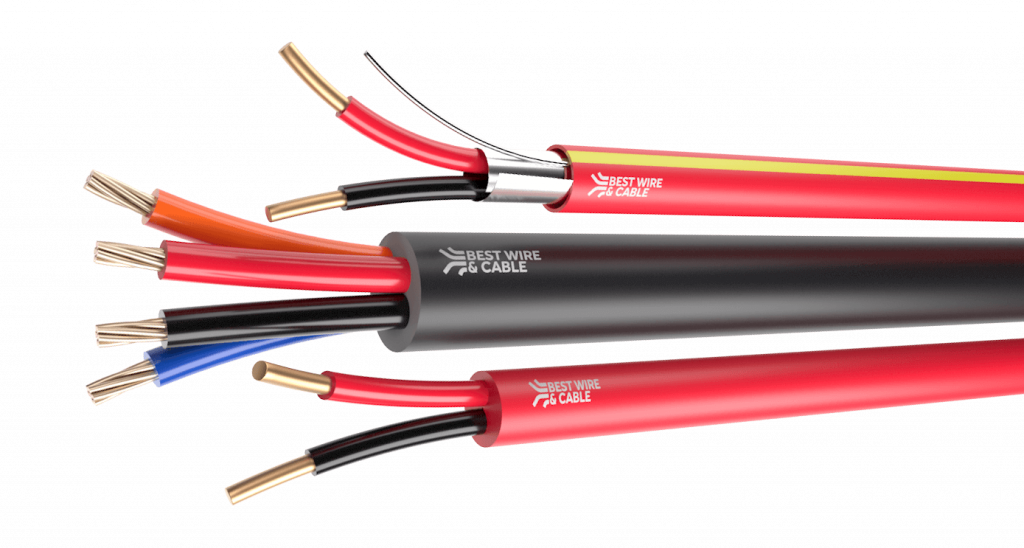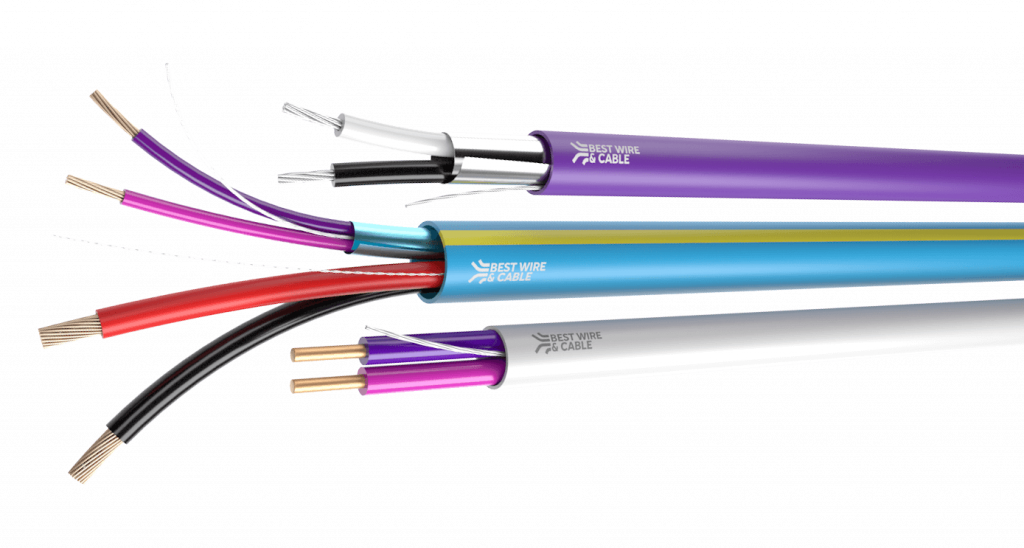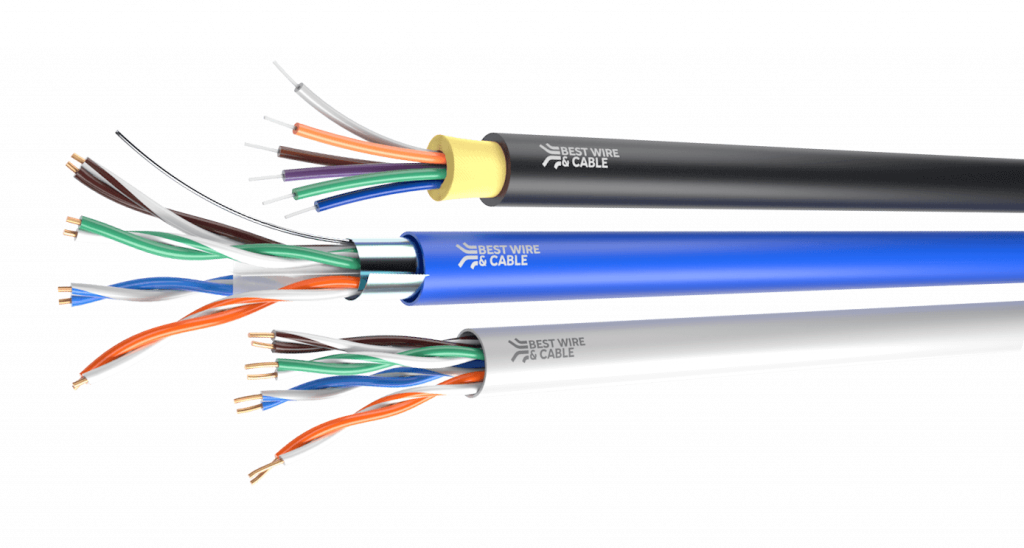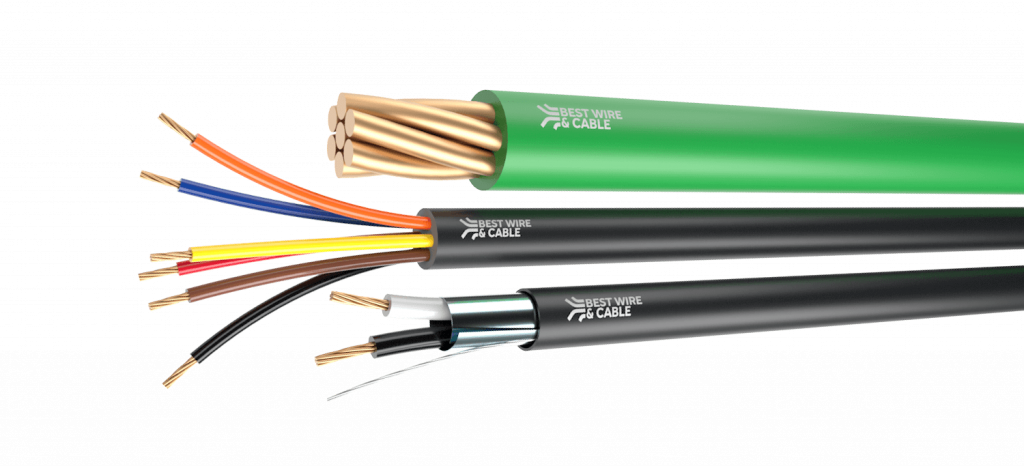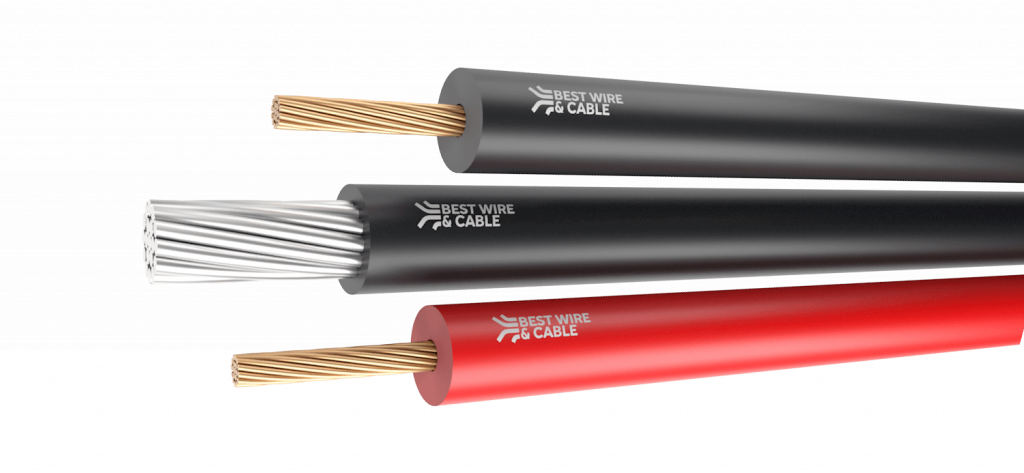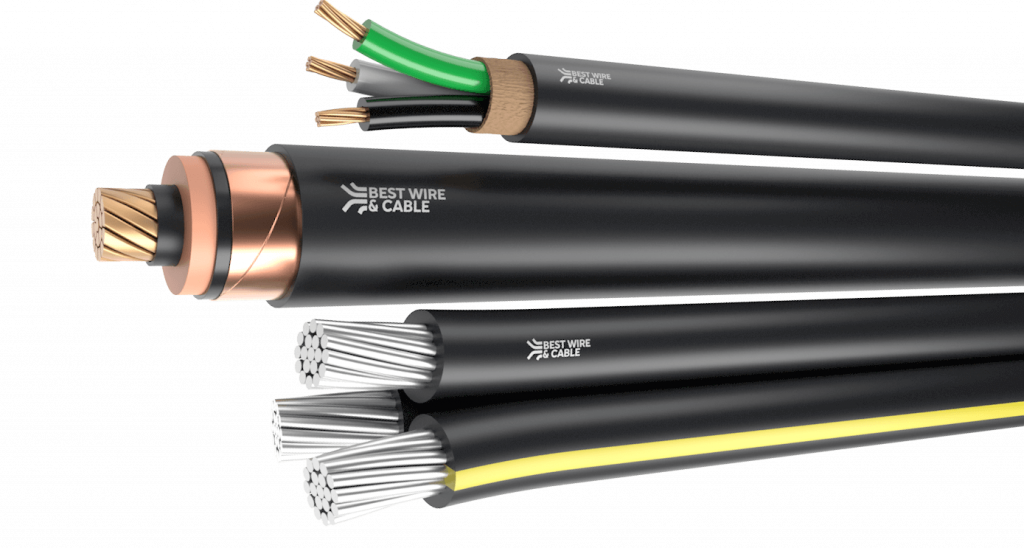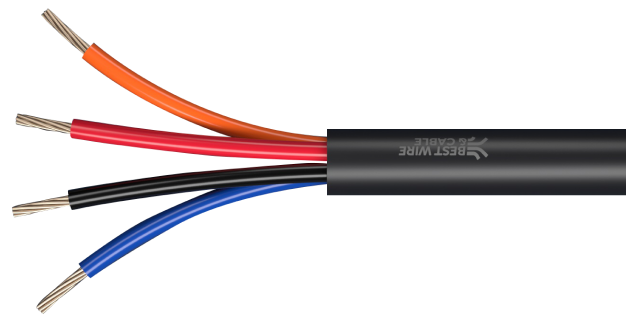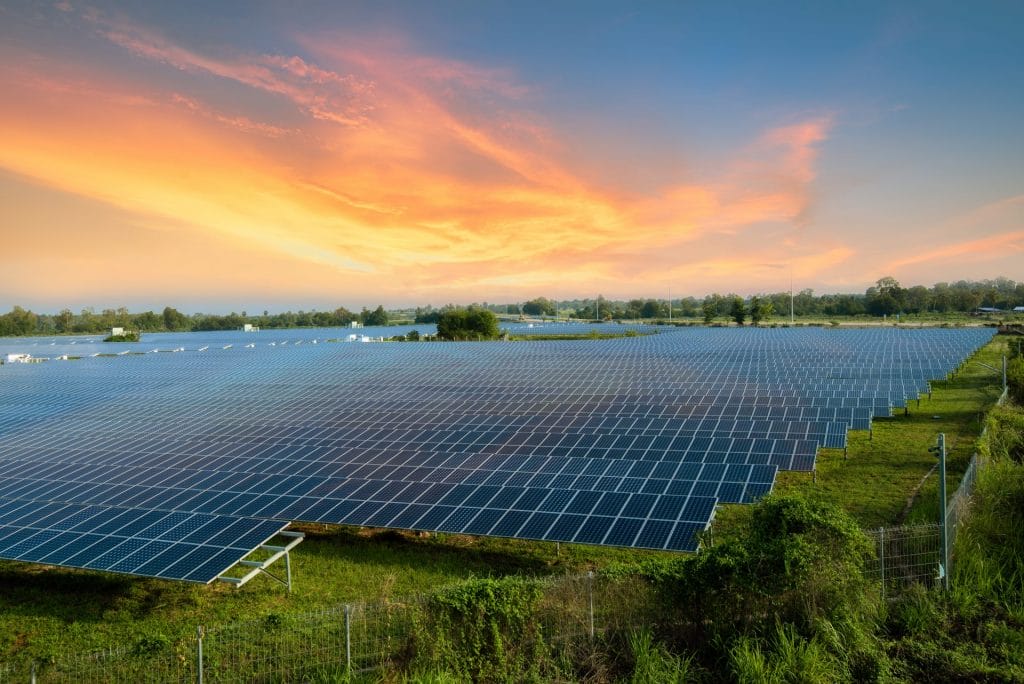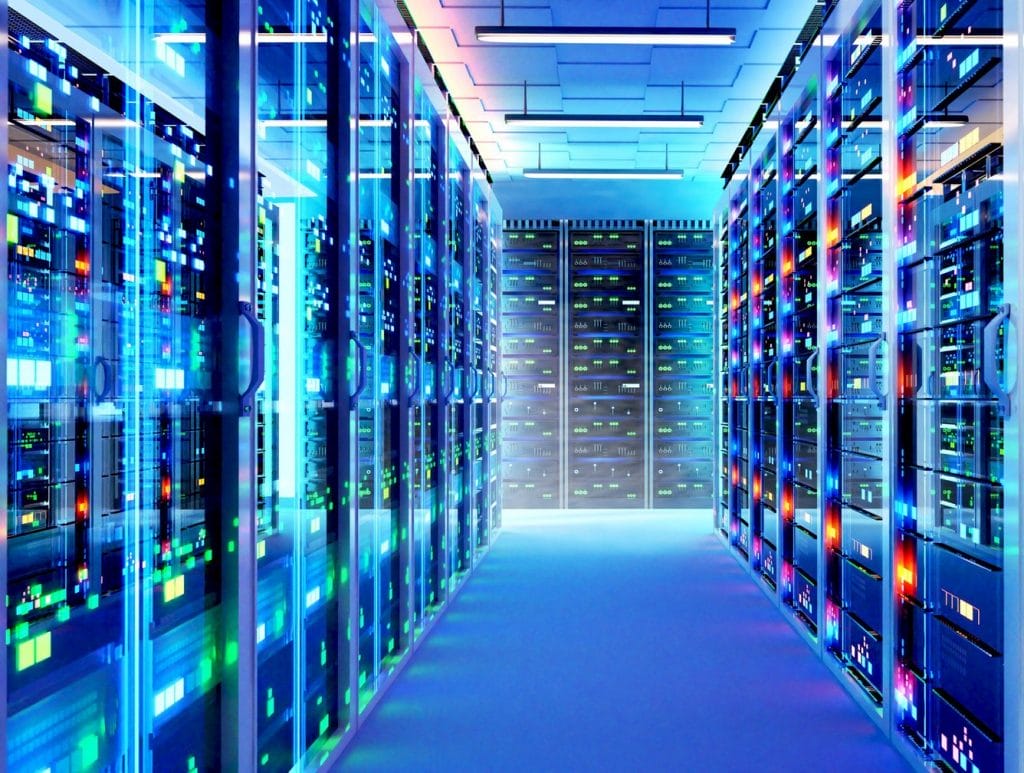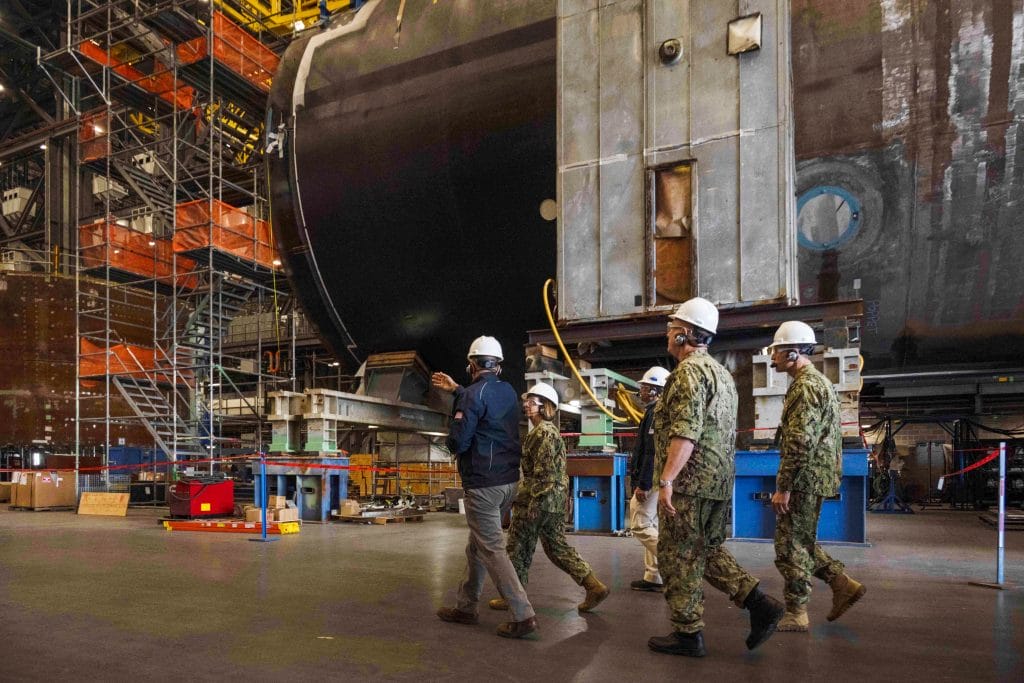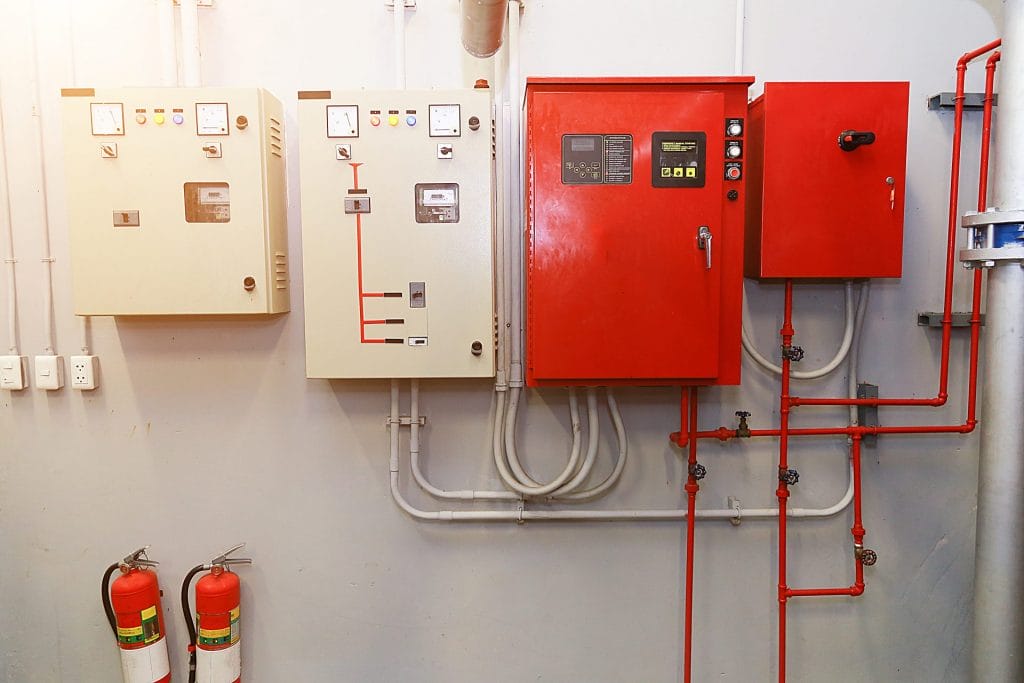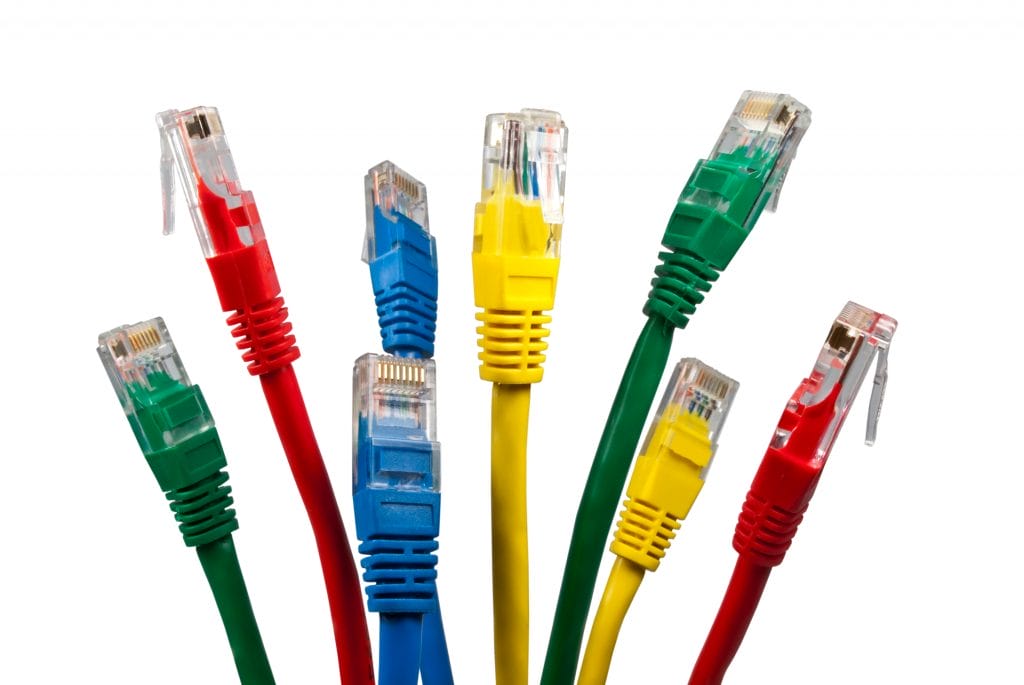The Impact of New Tariffs on the Wire and Cable Industry
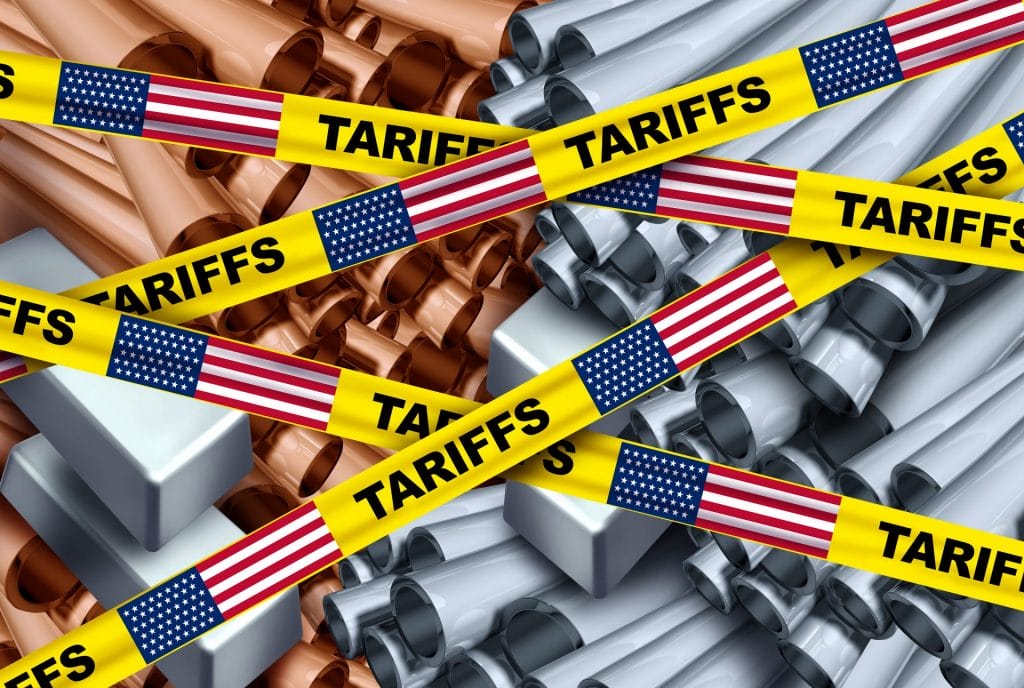
On April 2, 2025, President Donald Trump announced a sweeping set of tariffs on imports, affecting a wide range of industries, including wire and cable manufacturing. These tariffs include a 10% base tariff on all imports, with higher rates of 20% on European Union goods and 34% on Chinese products. Additionally, a 25% tariff on foreign-made automobiles has been imposed. The move, framed as an effort to protect American industries and promote economic independence, is already sending shockwaves through markets, particularly in sectors reliant on international supply chains.
For the wire and cable industry, these tariffs are expected to have significant consequences, from rising material costs to supply chain disruptions. In this blog post, we’ll explore how these new tariffs could reshape the industry, what challenges manufacturers and suppliers may face, and potential strategies to mitigate the impact.
How Tariffs Affect the Wire and Cable Industry
Increased Costs for Raw Materials and Components
The wire and cable industry depends on a global supply chain for key raw materials, including copper, aluminum, and fiber optics. Many of these materials are sourced from countries like China, which is now subject to a 34% tariff under the new policy.
-
Copper Prices: Copper is one of the most crucial materials in wire production. Any tariffs on copper imports could lead to a sharp increase in prices, affecting manufacturing costs.
-
Fiber Optic Components: Many fiber optic cables and networking components are imported from China, meaning businesses relying on these products may see a significant price hike.
-
PVC and Other Insulation Materials: Plastic and insulation materials used in cable production are often imported, making them more expensive due to the broad import tariffs.
Supply Chain Disruptions and Delays
The wire and cable industry relies on just-in-time supply chains, meaning that even slight delays in obtaining raw materials or components can cause production slowdowns. With higher costs and potential retaliatory tariffs from other countries, manufacturers may struggle to maintain steady production levels.
Additionally, suppliers may seek alternative sourcing options to avoid tariffs, but shifting to new suppliers can take time and require adjustments in quality control, regulatory compliance, and logistics.
Higher Prices for Consumers and Businesses
With production costs rising, manufacturers will have little choice but to pass these costs onto consumers. This will affect a wide range of industries, including:
-
Construction and Infrastructure: Wiring and cabling are essential components in building projects, and price hikes could increase overall construction costs.
-
Renewable Energy Projects: Solar and wind energy projects require extensive wiring, and higher costs could slow down clean energy initiatives.
-
Telecommunications and 5G Expansion: With fiber optics affected by tariffs, expanding broadband and 5G networks could become more expensive, potentially delaying advancements in digital infrastructure.
Market Volatility and Business Uncertainty
Following the announcement of the tariffs, stock prices for companies in networking and fiber optics—such as Arista Networks and Coherent—fell sharply. This uncertainty in the market can make it difficult for businesses to plan long-term investments, as companies may hesitate to launch new projects or expand operations until the full impact of the tariffs is clear.
Strategies for Businesses to Navigate These Tariffs
While these tariffs create significant challenges, businesses in the wire and cable industry can take proactive steps to minimize their impact and adapt to the changing landscape.
Diversify Supply Chains
To avoid the high tariffs on Chinese imports, companies may look to alternative suppliers in regions not affected by these trade restrictions. Potential alternatives include:
-
Mexico – A strong manufacturing base with trade agreements that may help bypass certain tariffs.
-
Vietnam and India – Growing hubs for electronics and cable production.
-
Domestic Production – Expanding U.S.-based manufacturing could help mitigate tariff-related cost increases in the long run.
Pass Costs Strategically
Rather than applying blanket price increases, businesses can consider tiered pricing structures to spread costs efficiently across different product lines. Offering premium, tariff-free alternatives sourced from non-affected regions could also be a viable strategy.
Advocate for Policy Changes
Industry organizations and trade associations may lobby for exemptions or reductions in tariffs, arguing that higher costs hurt U.S. businesses and consumers. Participating in discussions with policymakers and engaging in advocacy efforts can help influence future trade policies.
Optimize Manufacturing Efficiency
As production costs rise, companies must look for ways to improve efficiency and reduce waste. Implementing automation, lean manufacturing principles, and better inventory management can help offset some of the increased costs.
Final Thoughts: What’s Next for the Wire and Cable Industry?
The new tariffs imposed by Trump mark a significant shift in global trade dynamics, and their long-term impact on the wire and cable industry remains uncertain. While some companies may benefit from a push toward domestic production, others could struggle with rising costs and supply chain disruptions.
As the situation develops, industry players must stay informed, adapt quickly, and explore innovative solutions to maintain competitiveness in an increasingly uncertain trade environment. By diversifying suppliers, optimizing production, and advocating for fair trade policies, businesses can position themselves to weather the challenges ahead.
For now, the best approach is to plan for increased costs while exploring strategic alternatives. Companies that can adapt swiftly will be better prepared to navigate the evolving landscape of international trade and emerge stronger in the long run.
Stay Updated on Trade Developments
For more updates on how these tariffs are affecting the wire and cable industry, follow industry publications like:
SHOP BWC PRODUCTS

